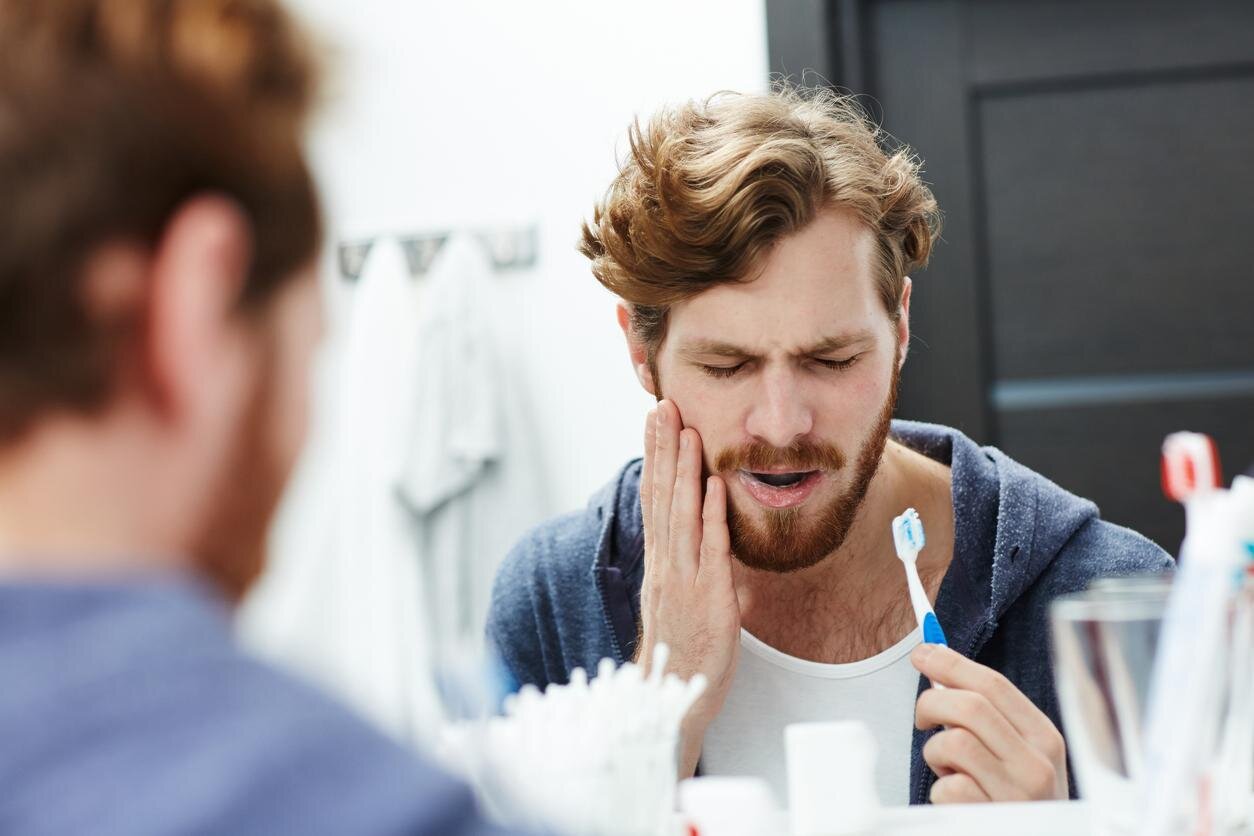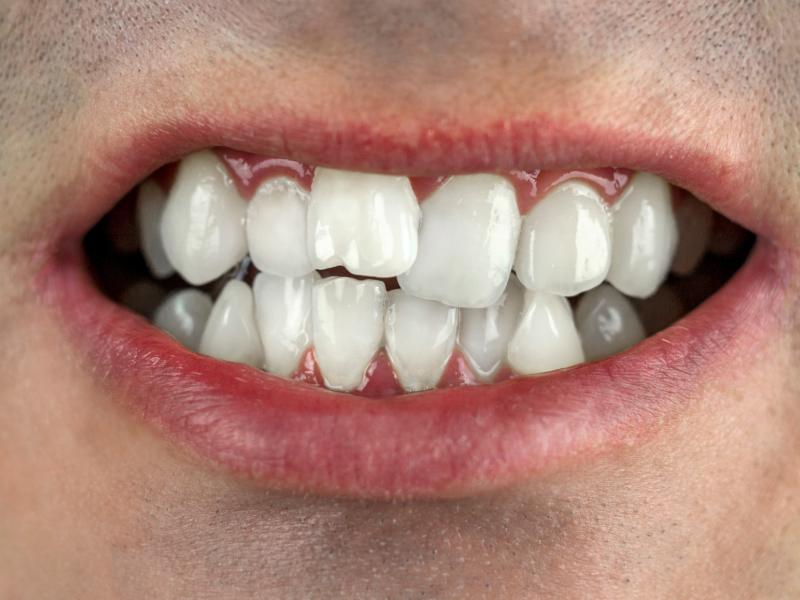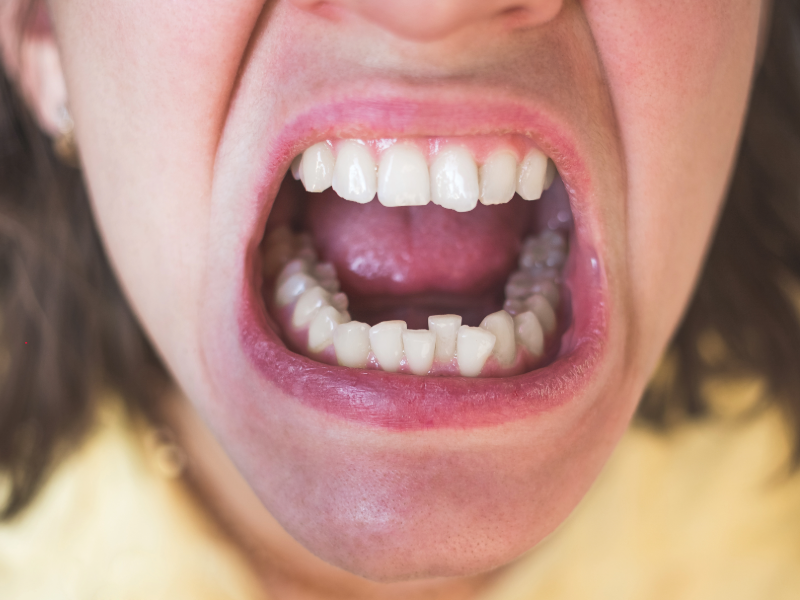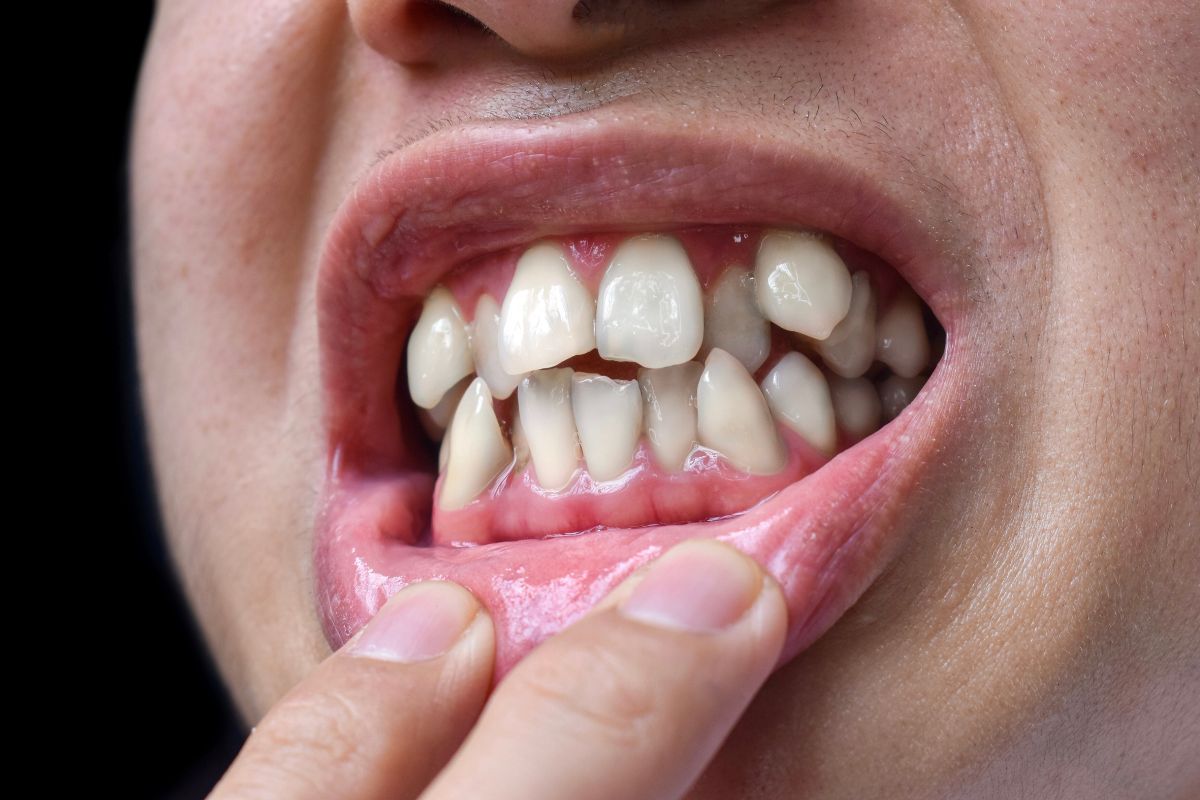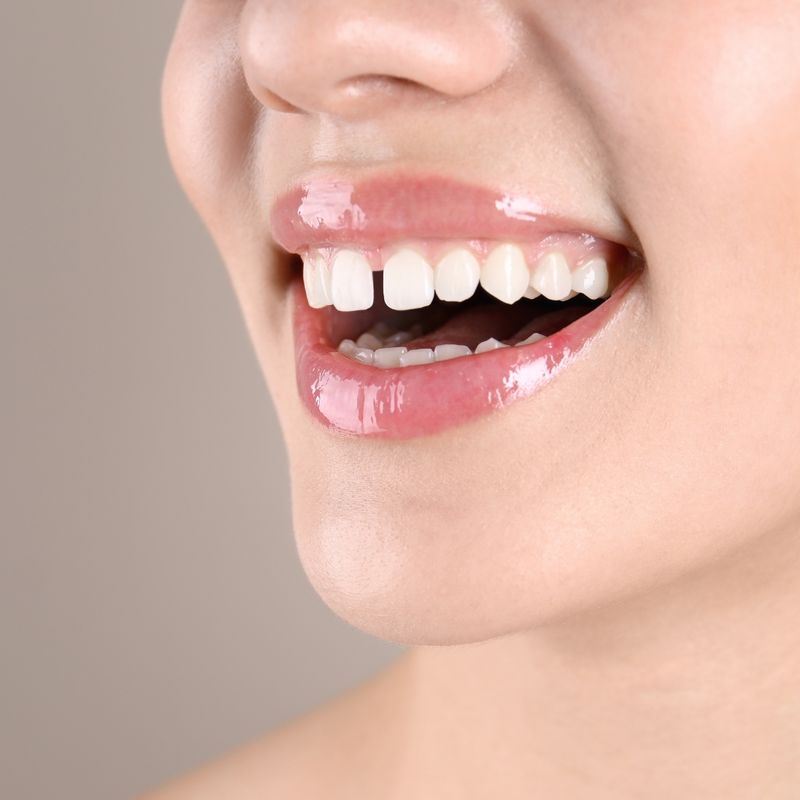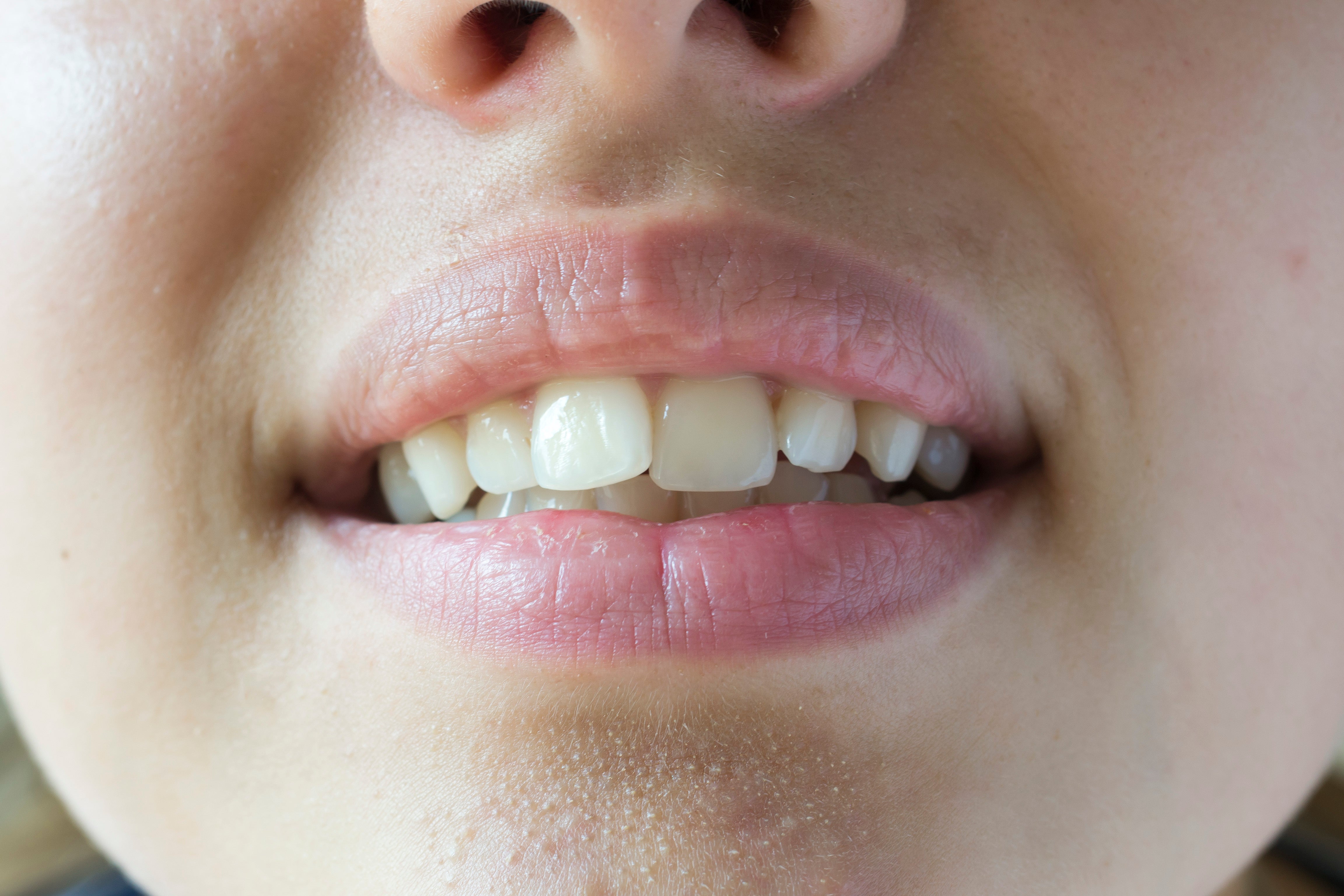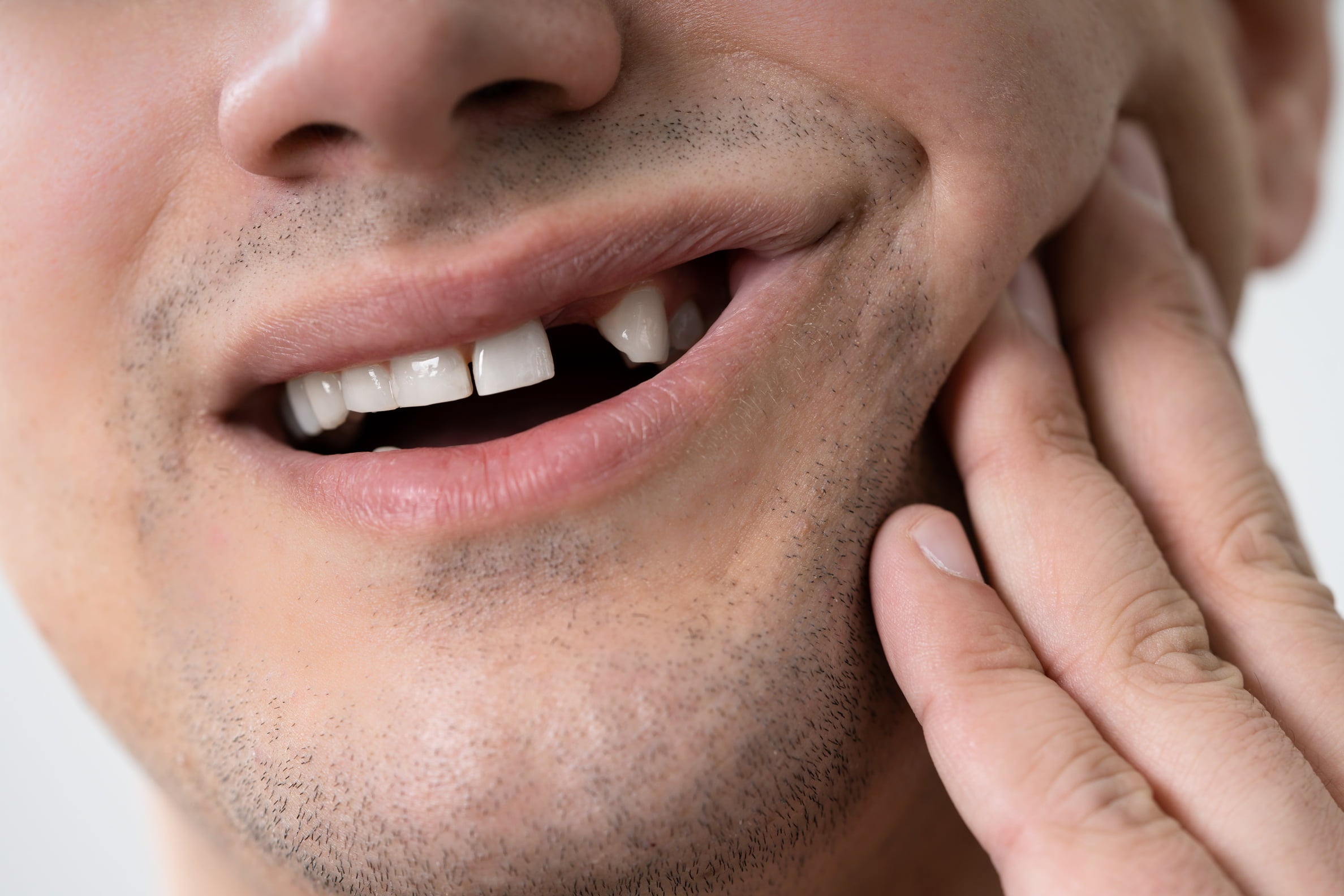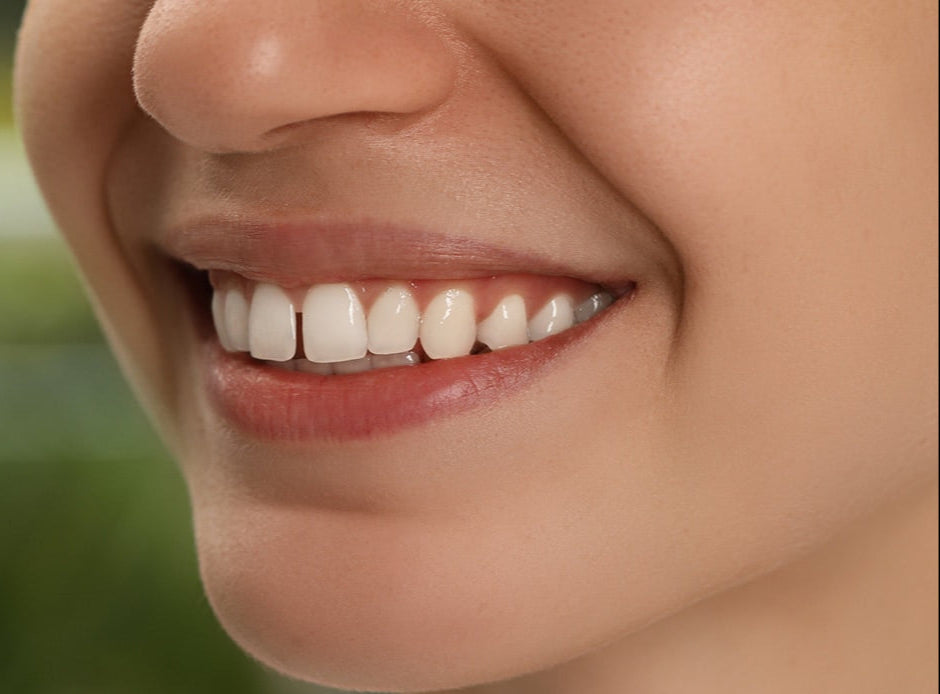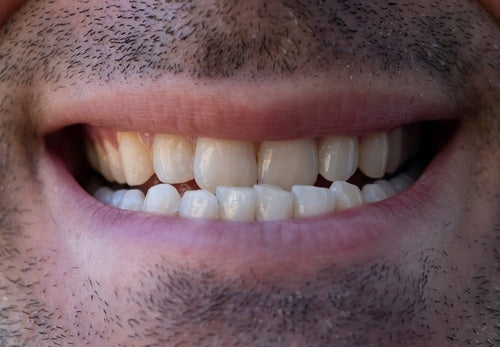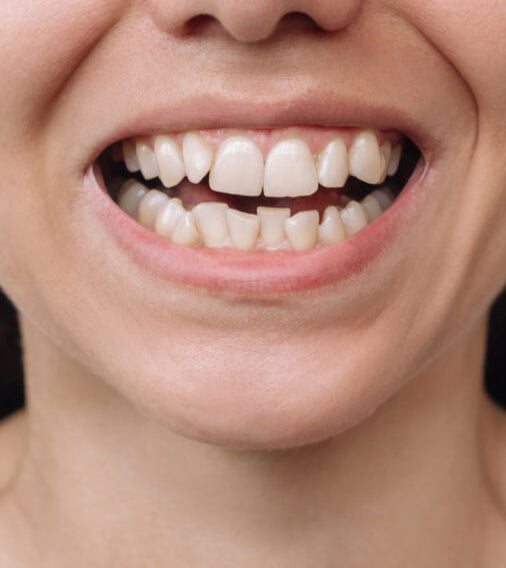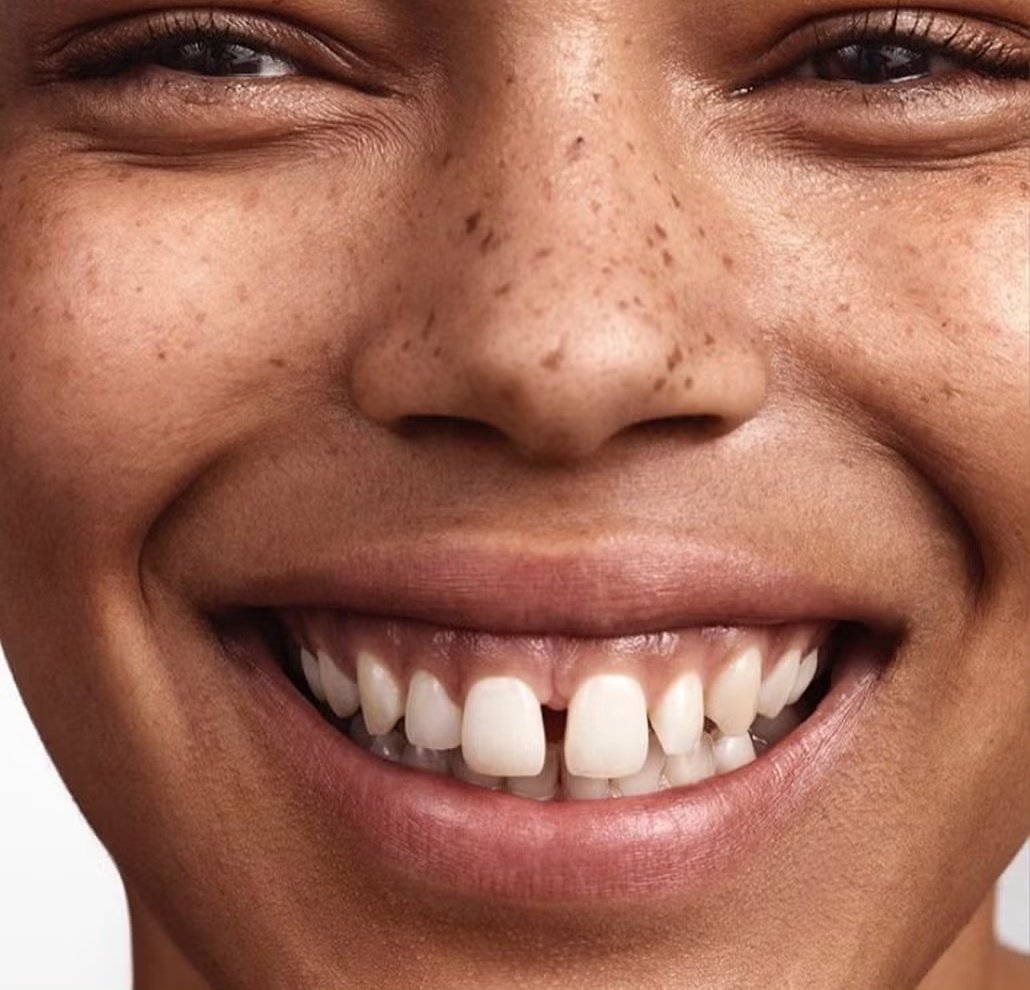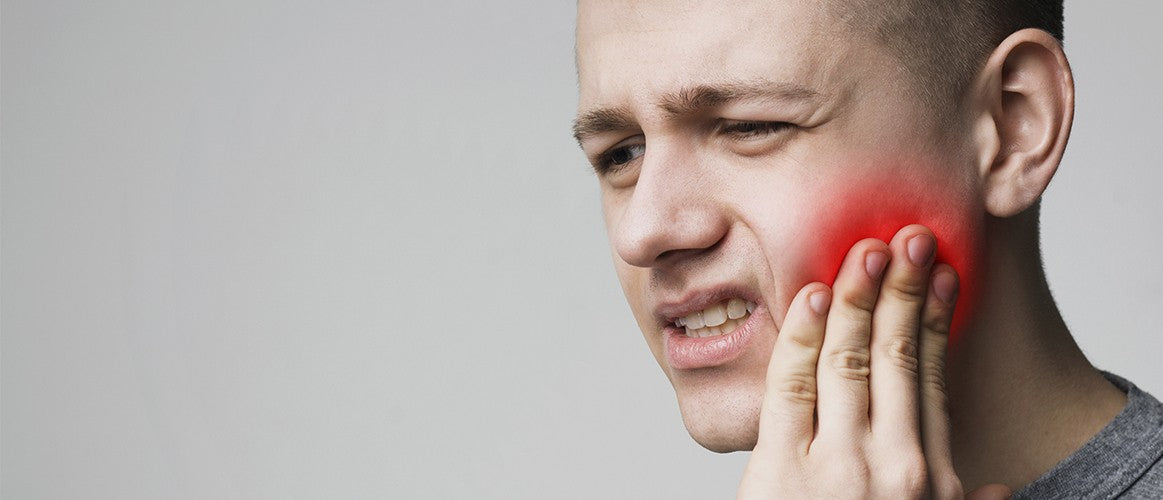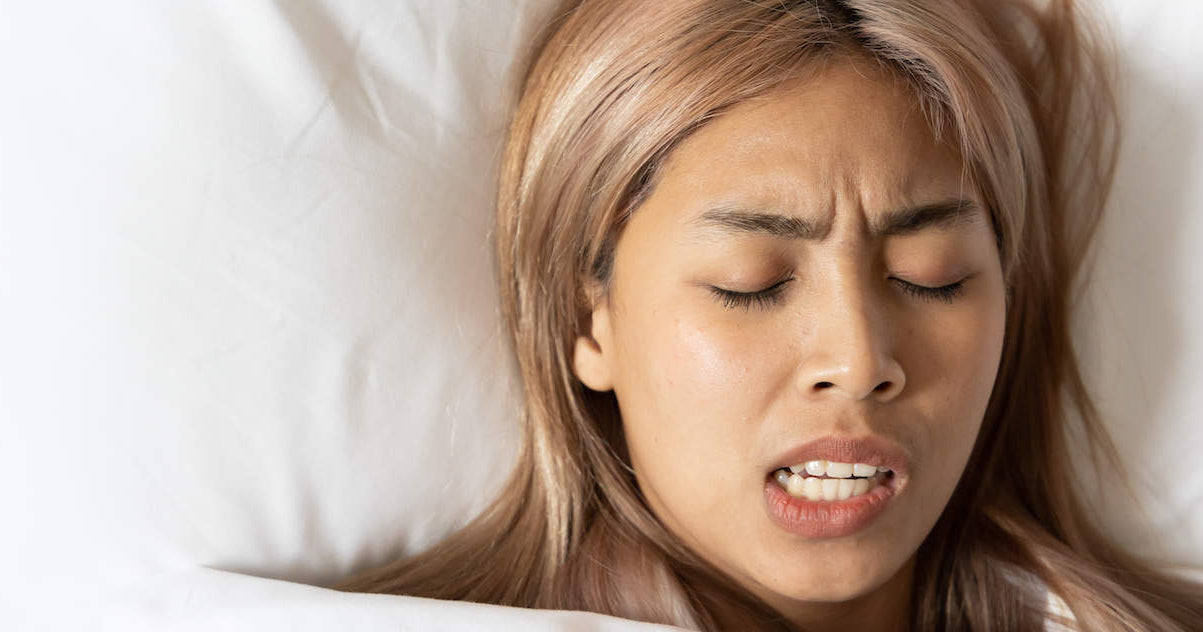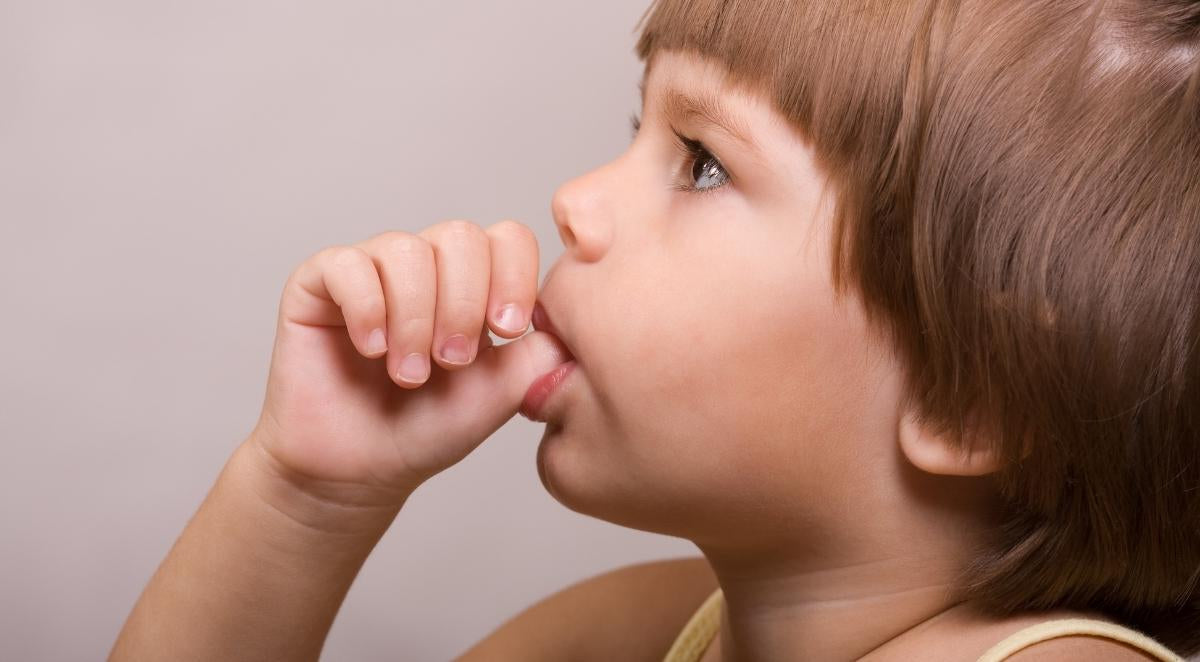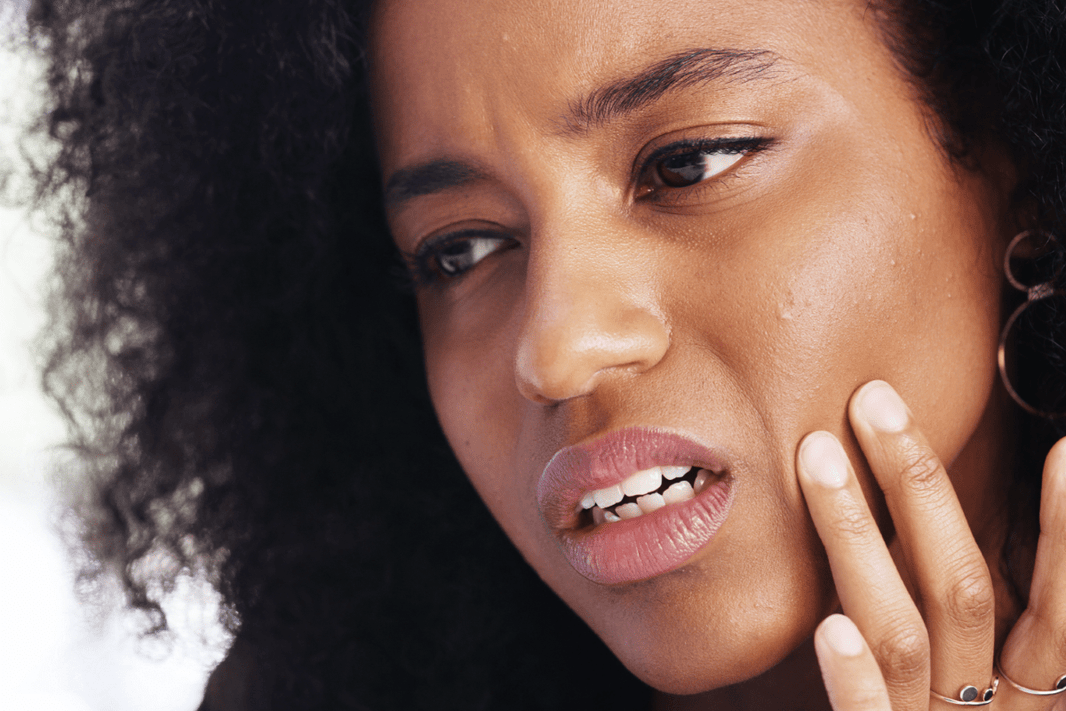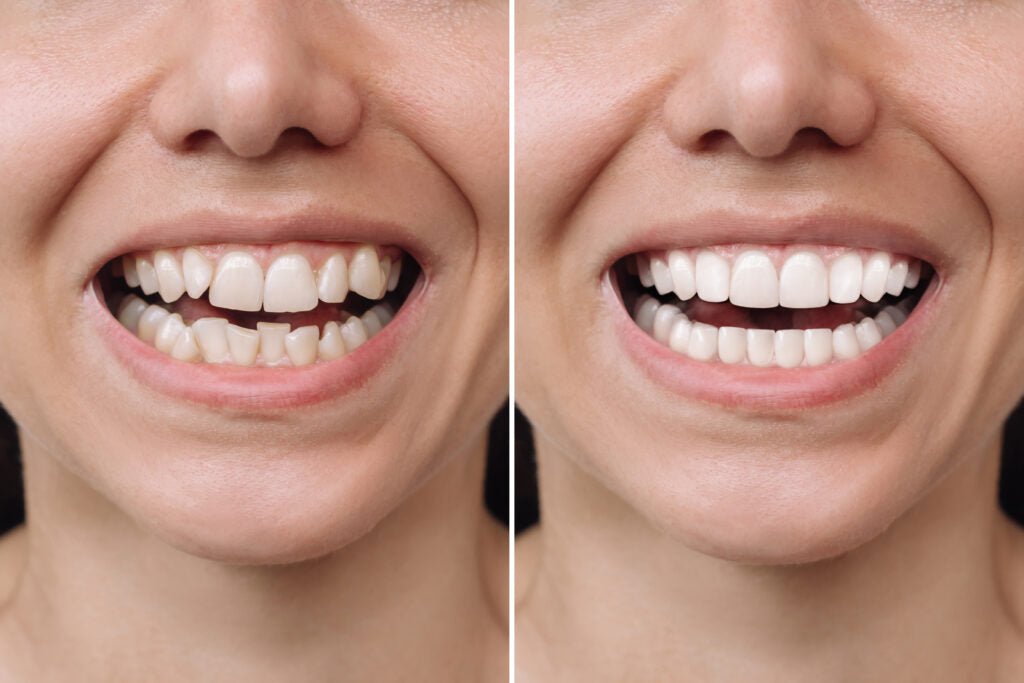
A crossbite occurs when some of your upper teeth sit inside your lower teeth when you bite down. This can cause tooth wear, jaw pain, and misalignment over time. Both braces and Invisalign clear aligners can correct crossbites by gradually shifting your teeth into proper alignment. After treatment, retainers help maintain your new bite.
An overbite is when your upper front teeth significantly overlap your lower front teeth. A severe overbite can cause wear on lower teeth, gum problems, and jaw pain. Braces and Invisalign can both correct an overbite by moving teeth and adjusting jaw position. After correction, retainers help ensure long-lasting results.
An underbite happens when your lower teeth extend beyond your upper teeth. This can cause chewing problems, jaw stress, and uneven tooth wear. Depending on the severity, braces, Invisalign, or a combination of appliances may be used to correct the underbite. Retainers are often used afterward to maintain proper alignment.
An open bite occurs when your upper and lower teeth do not touch when your mouth is closed, leaving a visible gap. It can affect speech, chewing, and aesthetics. Braces, Invisalign, or additional appliances can help close the bite by moving teeth into proper contact. Long-term retention with retainers prevents relapse.
Spacing issues, or gaps between teeth, can be due to missing teeth or jaw size discrepancies. Braces and Invisalign are effective in closing these gaps for a more uniform smile.
Spacing refers to gaps between teeth, which can affect your bite and appearance. It may also lead to food trapping and gum problems. Invisalign and braces can close these gaps and align your teeth for both improved function and aesthetics. Retainers are used to maintain your smile after treatment.
An underbite, where lower teeth extend beyond upper teeth, can affect chewing and speech. Braces, Invisalign, or in severe cases, jaw surgery, can correct this condition.
A crossbite occurs when upper teeth sit inside lower teeth, leading to jaw misalignment and uneven wear. Treatment options include braces, Invisalign, or palatal expanders to correct the bite and improve oral function.


